When I last spoke to Linden Lab CEO Ebbe Altberg a few months ago, he was hopeful they’d be able to open Sansar to the public at the start of 2017. We were meeting virtually in a Beta version of the much-anticipated Social VR platform – I was in London and he in San Francisco – and everything worked smoothly enough for me to believe they might actually pull this off.
And they probably would have done, if he’d been willing to make a few compromises, but that’s not really Altberg’s style. Since our first meeting back in April at San Francisco’s Linden HQ he made it clear that they were in this for the long haul, and that they’d focus on building robust foundations for a platform that would last and scale for decades to come. So while it might be a bit disappointing to have to wait a bit longer to get our hands on Sansar, I find his perfectionist and patient approach refreshing in the feverish gold rush climate of the current VR boom.
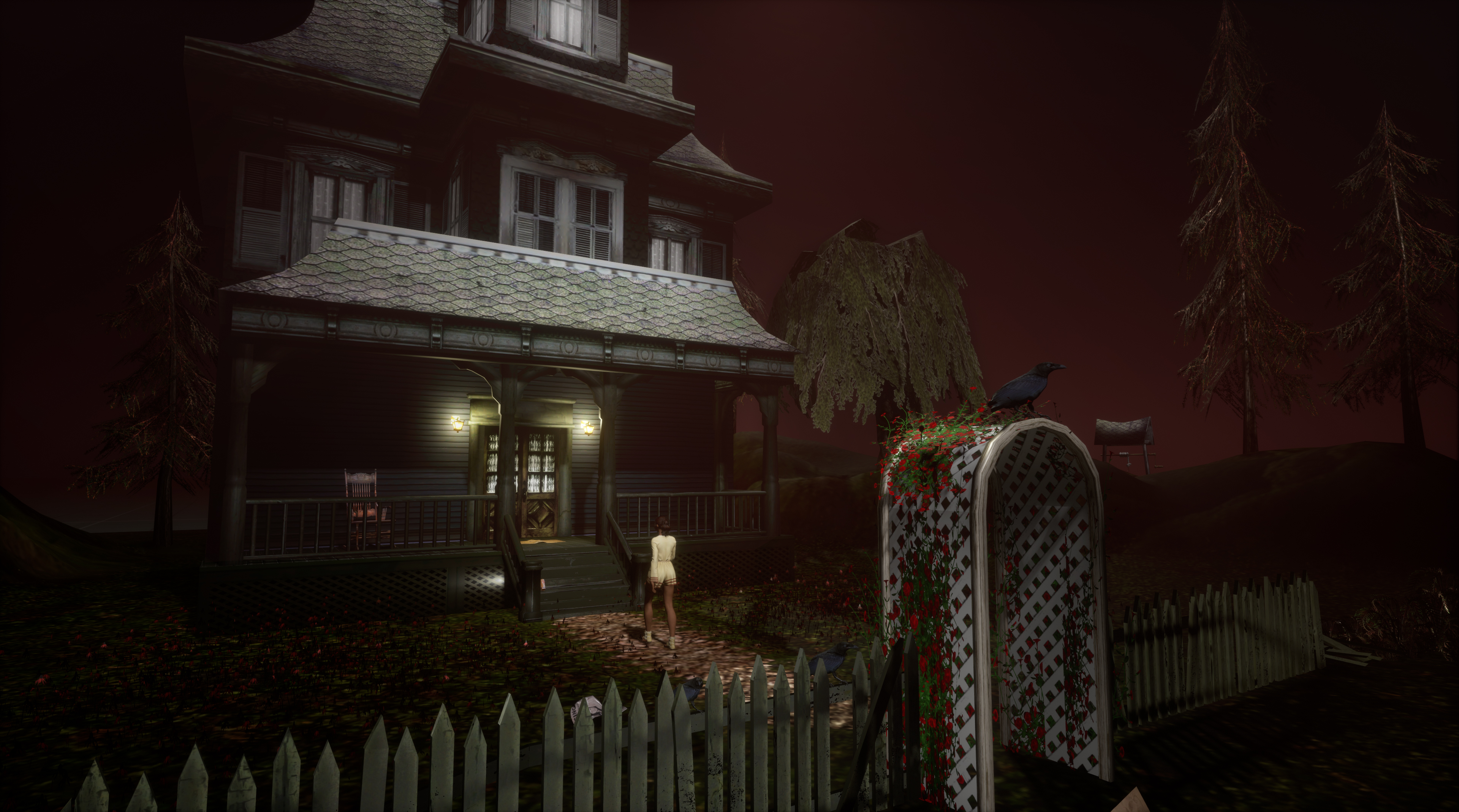
“We have over 12,000 creators registered for access to the platform, so we have way more creators than we need to get the feedback, and to ensure they get the tools they need to be successful. We’re really asking these early creators to explain what it is they want to do in Sansar, and if we think the platform is not yet ready to do that, we’re asking them to wait.”
And the care they’re taking seems to be appreciated by those chosen for that early onboarding. One of them appears in a new video released today, showcasing a “Grand Hall” environment inspired by a New York hotel. Its creator, Loz Hyde, shows us around some impressive visuals, which he praises Linden Lab for.
It’s about you and what you want to do. That’s empowerment,” says Hyde. “I’ve been to other virtual worlds in beta stage before, but Sansar is taking it from another direction. We’re initially sold on a product on the visuals, so let’s get something that looks fantastic first. In Sansar you’ll be able to create videogames, education is going to be amazing, medical science, if you want to build a business and sell furniture, you’ll be able to do that. Just like building a city from scratch, you start off by laying the foundation and it grows organically.”
And creating that organic growth is the reason why Sansar has announced that it will start supporting monetization straight away. Creators can now start earning money from Sansar, as Linden Lab rolled out the platform’s official currency – Sansar Dollar (S$) – and its online exchange, called the Sandex. Money earned for their creations in S$ can then be cashed into various currencies via PayPal. This structure of having an in-world currency is directly borrowed from Second Life, which has traded the Linden Dollar (L$) for well over a decade, with nearly $60 million’s worth being redeemed last year alone. Altberg says monetization is one of the core pillars of Sansar’s strategy, but this doesn’t stem from any pressure to start cashing in, but rather to incentivize creators and remove friction from the process of generating content.
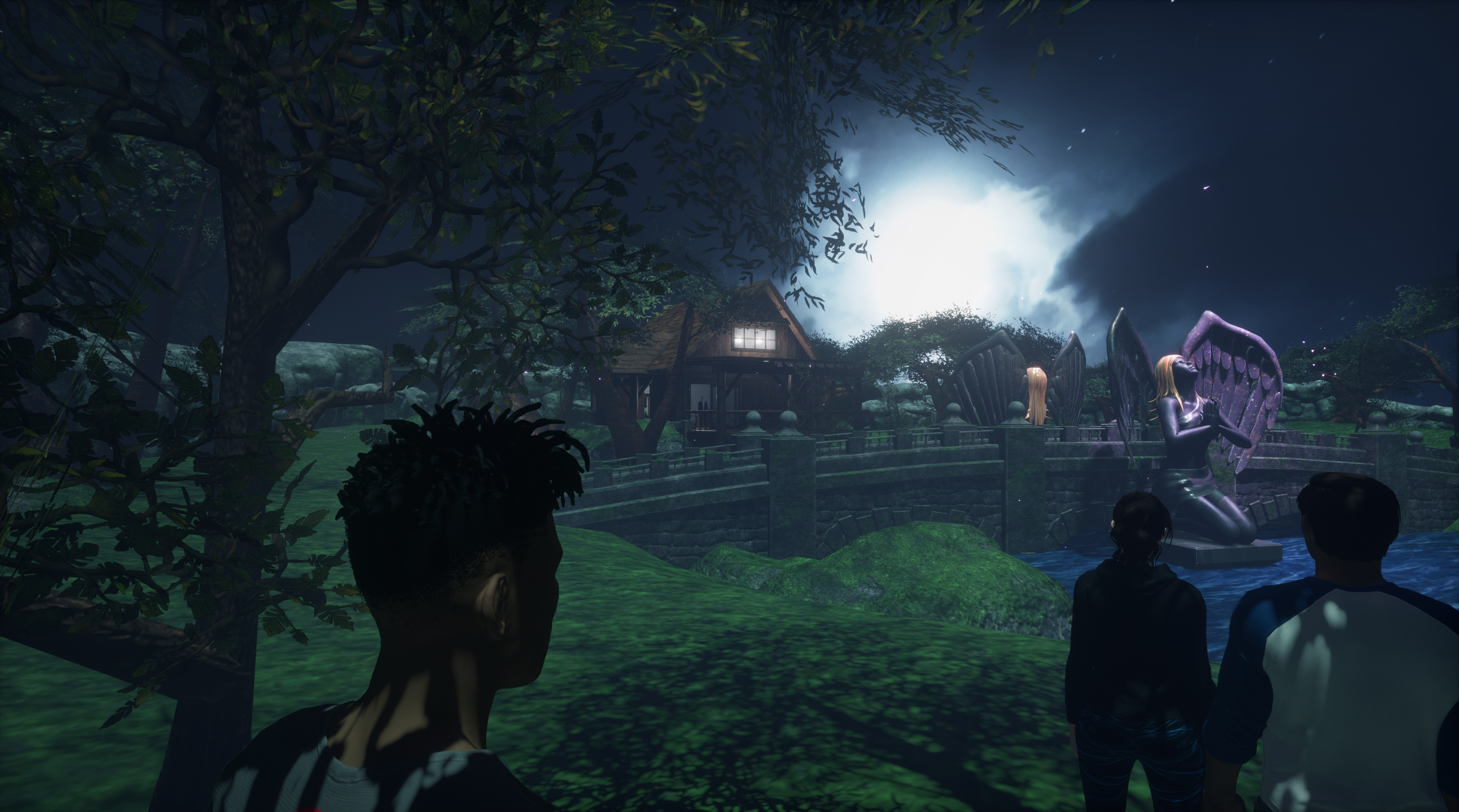
“If I can make an experience by building just a few original content assets and buy the other stuff, I can do way more interesting experiences at a much faster pace, because I don’t have to build everything from scratch,” explains Altberg. “In the real world you see companies and brands specializing in certain types of content, and it’s no different in virtual worlds, we’ve seen this in Second Life. You have the furniture people, the vehicle people, the people that do trees, avatar parts. You can only be good at so many things, and that creates the scale where creators are now helping each other become successful by combining their efforts.”
Hyde was one of the original 200 or so creators that have been gradually granted access to the platform over the past few months. These have now been joined by a further 500 in December, and the company promises to “rapidly increase” this number over Q1 2017. They also plan to release major updates on a monthly basis and disclose a more concrete timetable for onboarding users early in the new year. The crucial decision then becomes at which point those creators can start sharing those experiences, which of course means setting the all-important public release date. But while it’s unlikely that they will delay that for much longer, they are determined not to rush it either.
“My advice for anybody who’s excited about the VR space is to make sure they have decent runway because it will take a while for the market to mature so that you can monetize this properly,” says Altberg. And that runway is a luxury that Linden Lab itself has, as a result of Second Life’s enduring appeal to over a million users who finance the development of Sansar through SL revenues.
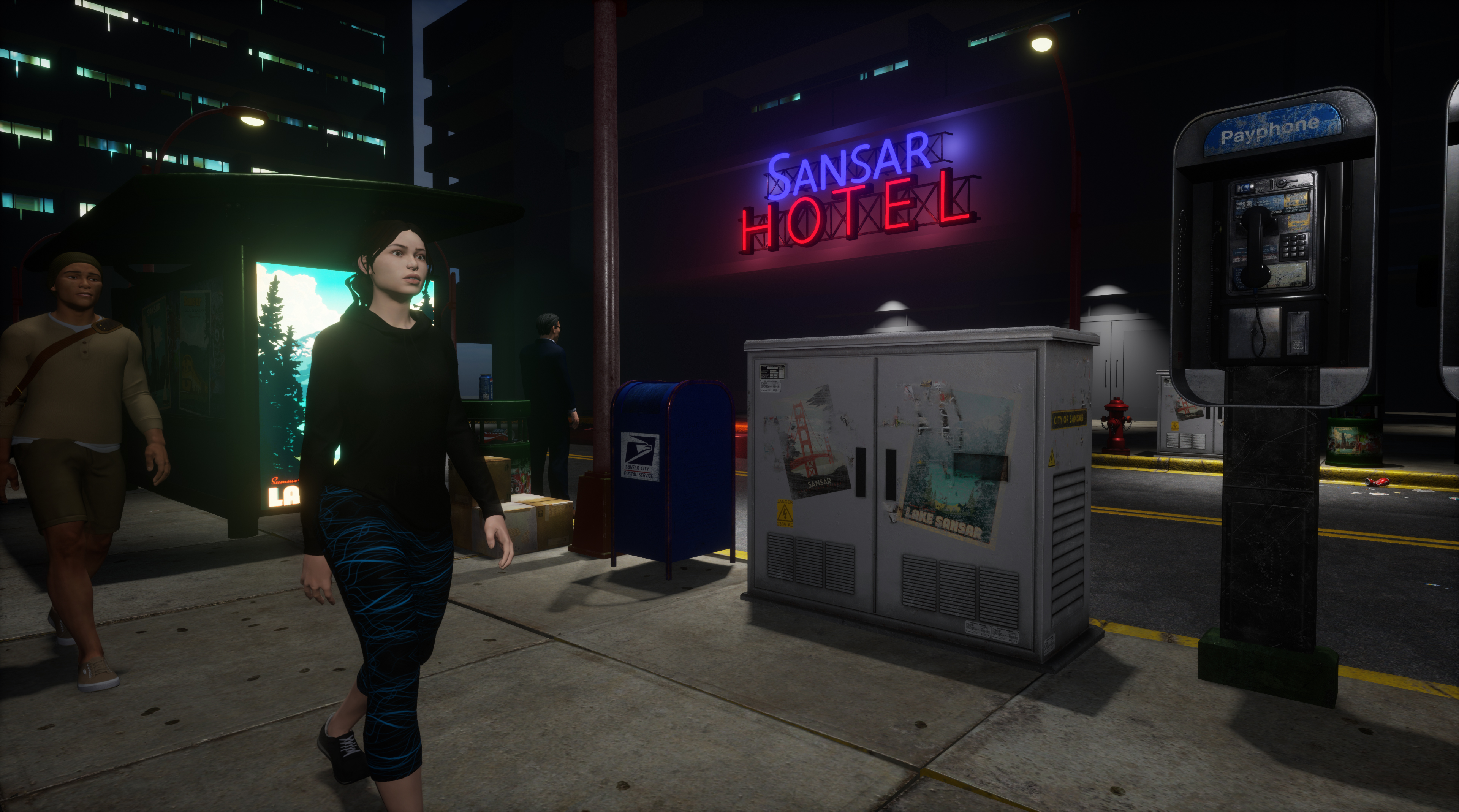
Many of those SL users are also involved in cutting-edge VR/AR/MR work and aren’t shy of hacking its Open Source client to make it do all sorts of interesting things. In fact, a large proportion of the 10k+ applicants Linden Lab had for the early Sansar’s creator preview were Second Life users, including Loz Hyde, who – in addition to doing professional CGI work in Hollywood films such as Guardians of the Galaxy, 2012 and Terminator Salvation – has his own brand of 3D creations in Second Life called Meshworx.
For Linden Lab, this can be a bit of a mixed blessing. On the one hand the community is a priceless asset which they regularly tap but on the other their almost evangelical loyalty to a legacy platform can make it challenging to market Sansar as a new and entirely separate platform; one that appeals to users who’d frankly be surprised to learn that Second Life is still around. But as much as Second Life users are able to build very effective workarounds that make it work with VR and even AR content, it makes sense to build Sansar as a separate platform, says Altberg, because it needs to handle VR as it scales into the future, and that means that the architecture needs to consistently handle things like a minimum 90fps frame rate.
Visually, that difference really shows in the images and videos released so far, and that’s one of the things that makes Sansar stand out from other Social VR platforms emerging in that space. This also ties into the fact that, unlike its competitors who have been quick to embrace mobile VR, Linden Lab opted to restrict Sansar to working on tethered HMD’s such as the Oculus Rift, HTC Vive and PlayStationVR.
“I believe there is a point in the future where hardware advancements like tracking, controllers, CPU/GPU performance, network bandwidth will all add up to make really social interactive virtual mobile experiences, but at the moment the really immersive experiences are still the domain of tethered, PC- Driven VR,” explains Altberg.
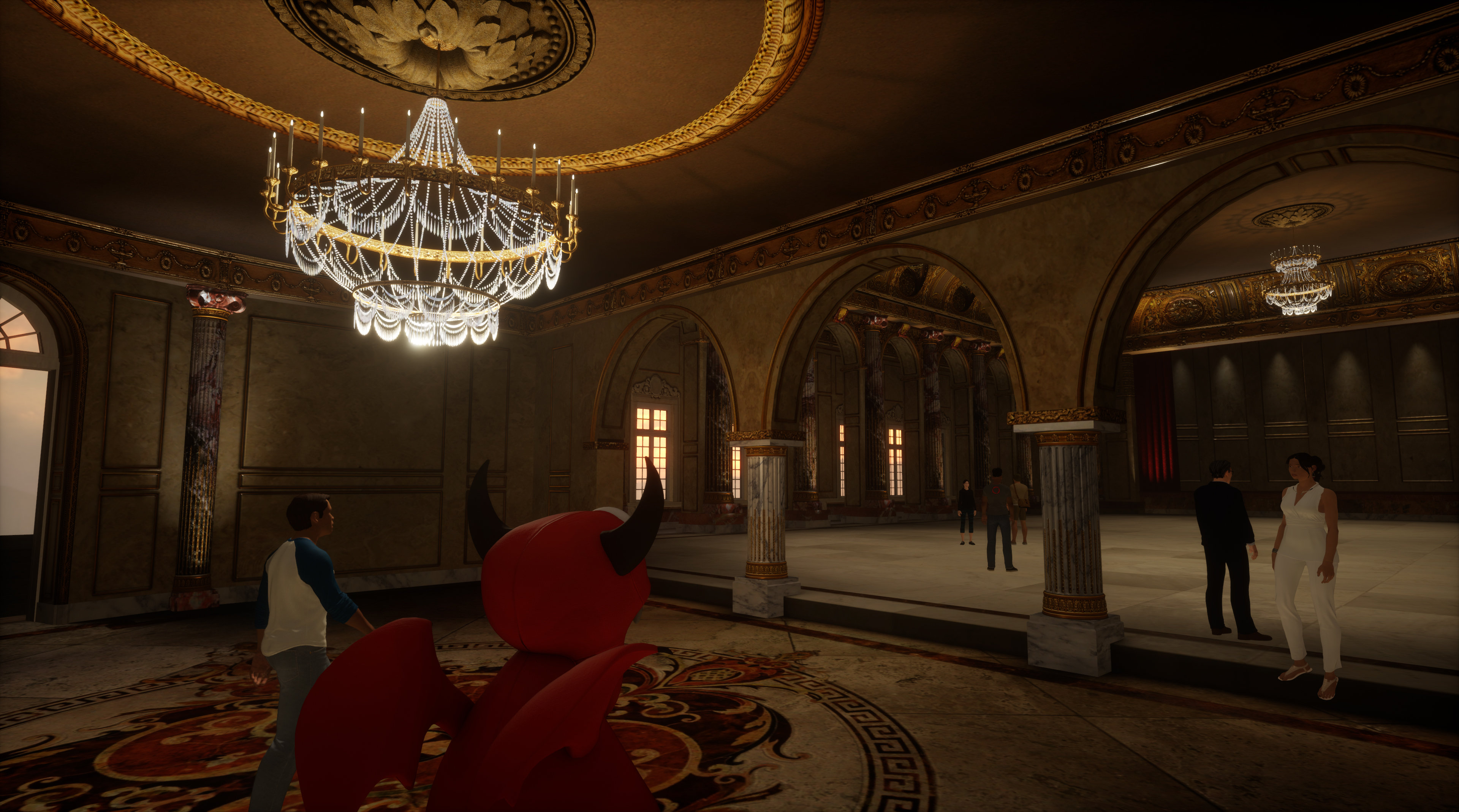
That doesn’t mean, however, that things won’t change in future. Mobile experiences are already getting a lot better, he concedes when I mention developments such as Google’s Daydream, but the problem is that if they allowed it on Sansar now, they’d get some content which was compatible some was not, and he doesn’t want creators to have to worry about those issues. Further down the line, they’re planning on adding features to automatically make content more compliant, dynamically adjusting the fidelity and complexity depending on what hardware you’re using. At the moment, however, the focus remains on making the platform structure robust enough so that it will be ready for mobile when that convergence finally arrives.
“As Sansar matures and the mobile VR platform matures, they will intersect,” Altberg said. “But we’re just not sure exactly how at this stage.”
Likewise, he sees a future where Augmented Reality and Virtual Reality will become increasingly blurred – perhaps in what we’re starting to define as “Mixed Reality.” In that scenario, some of Sansar’s experiences could be set against real spaces rather than virtually created ones, and seen through devices such as the HoloLens.
“It’s not something we’re spending any energy on today though,” he said. “I just know that we’re building technologies that have interesting potential opportunities in future, but we have our hands full just dealing in virtual reality as we know it.”
The fact that we can talk about VR “as we know it” shows how far we’ve come over the last 12 months, and sets 2017 up to be an interesting year for players like Linden Lab. The reason why Sansar is such an interesting contender in that space is precisely because it combines an uncompromising practical focus with a long-term vision which is much more flexible, and dizzyingly ambitious. Whenever I speak to Altberg, I get the distinct impression that being “The WordPress of VR” is just the start as far as he’s concerned.
But to achieve all that Sansar is setting out to, he acknowledges, they will have to strike a tricky balance: Enabling people such as Hyde to create amazing content, while still keeping the interface intuitive and user-friendly for the average consumer. That’s something that Second Life never quite achieved, but in building Sansar, Linden Lab is determined to draw lessons from its predecessor.
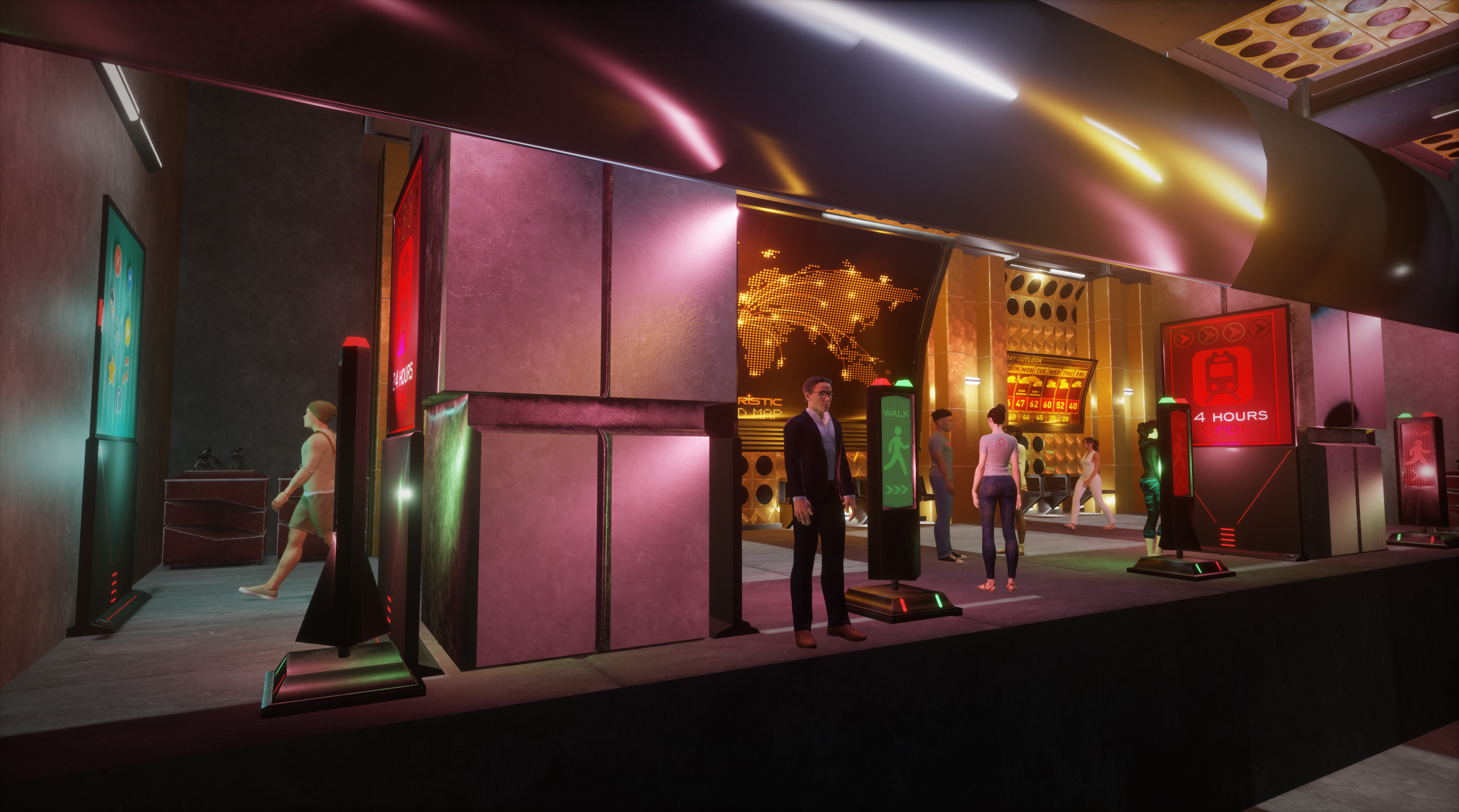
“We learned some positives but also a lot of ‘that’s not how you do it’ from Second Life,” said Altberg. “So we’re having a much more user-centric approach from the beginning, and try to make sure we stay away from the territory of complete geekdom.”



























